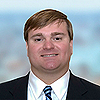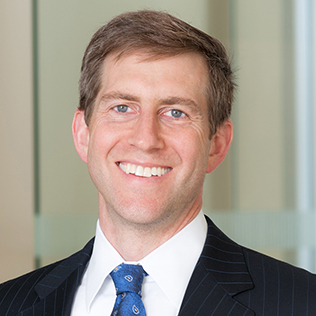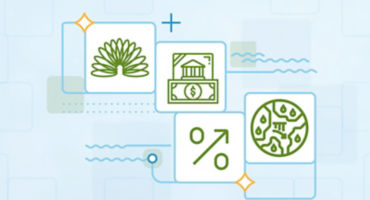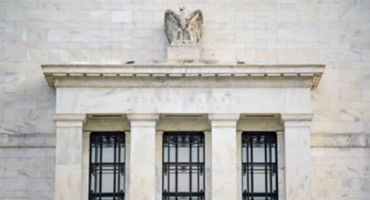The first quarter of 2022 proved to be challenging for most fixed income sectors, and convertible bonds were not immune from the volatility. Year to date through March 31, global convertibles had returned -5.81% — their third-worst quarterly showing since the 2008 global financial crisis — compared to -5.54% for global high-yield bonds and -6.90% for global investment-grade corporates.1 Sector composition particularly hurt global convertibles, including a sharp correction across technology (which makes up 23.8% of the convertibles universe) in response to concerns about the potential impact of higher interest rates on tech companies’ growth prospects; and a rally in the energy sector (4.0% of the convertibles universe), fueled in part by supply disruptions from the war in Ukraine.
Looking ahead, however, we continue to believe global convertibles are likely to outperform other fixed income sectors over an investment time horizon of approximately two to three years.




















